One of the most unique ghosts you’ll face in Phasmophobia is the Banshee, a highly vocal ghost you can oftentimes identify without any official evidence.
If you suspect the ghost you’re dealing with could be a Banshee, you want to be cautious since this ghost has some very dangerous behaviors. Because of this, you need to know how to identify a Banshee in Phasmophobia.
Banshee Phasmophobia evidence
The Banshee has three different types of evidence for you to find: Ultraviolet, Ghost Orbs, and DOTS Projector. If the ghost is a Banshee, you will only find these kinds of evidence in Phasmophobia, which means any other ones you spot can be used to rule out this ghost entirely.
| Evidence | How to obtain evidence |
| Ultraviolet | Ultraviolet evidence is caught using any type of UV Light. To uncover this evidence, the ghost needs to touch a surface and leave behind fingerprints or walk in Salt to leave footprints. The best way to get this evidence is to check doors for fingerprints as soon as you see them move, look at light switches if the ghost turns one on or off, or look near Salt piles immediately after a ghost steps in them. Using Salt to find Ultraviolet is one of the best tricks in Phasmophobia for spotting this evidence. |
| Ghost Orbs | To detect Ghost Orbs, you need to look through some kind of live feed since they are never visible otherwise. This feed can be a Video Camera you placed down or are holding, the video feed in the truck, or a live feed from another player using Tier I Head Gear. |
| DOTS Projector | DOTS evidence can be caught in person or through a video feed for all ghosts except the Goryo, which can only be seen on DOTS with a Video Camera. To catch this evidence, an active DOTS Projector needs to be placed. At any time afterward, the ghost might manifest as a full shape that moves through the projector. |
If Ghost Orbs end up being the first piece of evidence you find, remember to keep The Mimic in mind even if you think you’re dealing with a Banshee. This trickster ghost can trip you up if you forget to check for it, so it’s always a good idea to prioritize trying to eliminate The Mimic as a possibility early on.
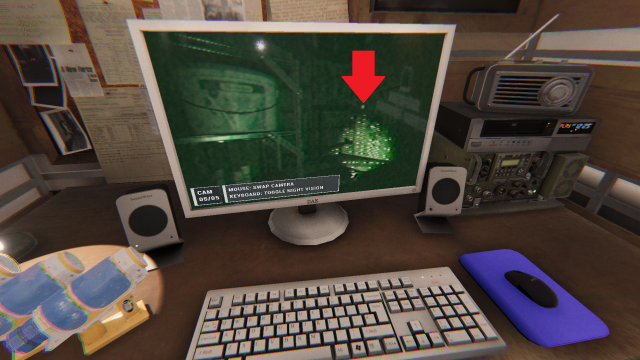
Banshee behavior, patterns, and clues in Phasmophobia
In addition to Banshee’s official evidence, this ghost also has an array of behaviors, patterns, and clues you can watch out for to help you identify one.
- The Banshee is a stalker ghost who will choose one target and focus solely on them until that player is killed or leaves the game.
- The Banshee’s target is randomly chosen at the start of each game.
- Banshees perform singing ghost events more frequently than all other ghost types. These events will drop 15 percent sanity instead of the usual 10 percent when the ghost event is focused on the Banshee’s target, and the hunt target causes the Banshee to disappear early by going near it.
- When the Banshee manifests on the DOTS Projector, it will always move toward its selected victim instead of the closest player.
- The Banshee has a hunt sanity threshold of 50 percent.
- This ghost only checks the sanity of the target victim when deciding to initiate a hunt, which means the rest of the team could be at 100 percent sanity, but as long as the target is low enough, a hunt may still occur.
- During a hunt, the Banshee will be entirely focused on its chosen victim and will ignore all other players completely until the victim has been caught. This means it cannot kill any other player until the target victim is dead as long as the victim is inside the map.
- If the Banshee roams, it has a 67 percent chance of roaming toward its selected victim.
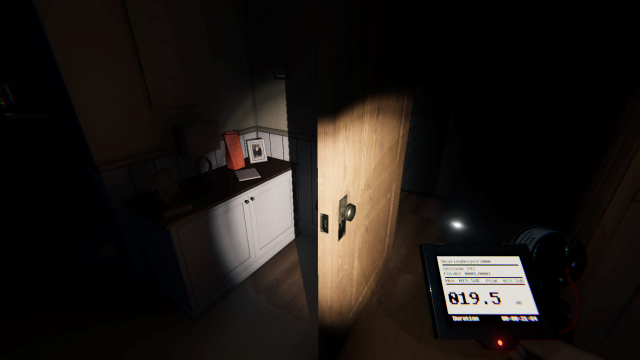
Banshee scream in Phasmophobia
The Banshee scream is a somewhat rare occurence you can use to definitely identify this ghost. There is a 33 percent chance of picking up the Banshee’s wail when you use a Parabolic Microphone.
You usually hear mostly whispers and footsteps using this tool, so the Banshee’s scream is extremely easy to identify when you do hear it. It’s a fairly long, drawn-out wail you just can’t miss since it sounds like nothing else you can detect on the Parabolic Microphone.
Others Asked
What is the method for identifying ghosts in Phasmophobia?
To identify ghosts in Phasmophobia, players use various tools to uncover evidence fitting the ghost's characteristics. Specifically, each ghost can be identified using three types of evidence out of seven total options: DOTS Projector, EMF Five, Fingerprints (Ultraviolet), Freezing Temperatures, Ghost Orb, Ghost Writing, and Spirit Box.
How is the correct ghost type identified in a Phasmophobia investigation?
The correct ghost type is identified by correctly finding all three pieces of evidence using various equipment like Ghost Writing book, cameras, and DOTS Projector and marking them in your journal. It's essential to strategically use equipment and watch for evidence throughout the investigation.
What is the main objective of the No Evidence challenge in Phasmophobia?
The main objective of the No Evidence challenge is to complete the task without receiving any official evidence from the ghost, requiring players to solve the mystery entirely on their own.


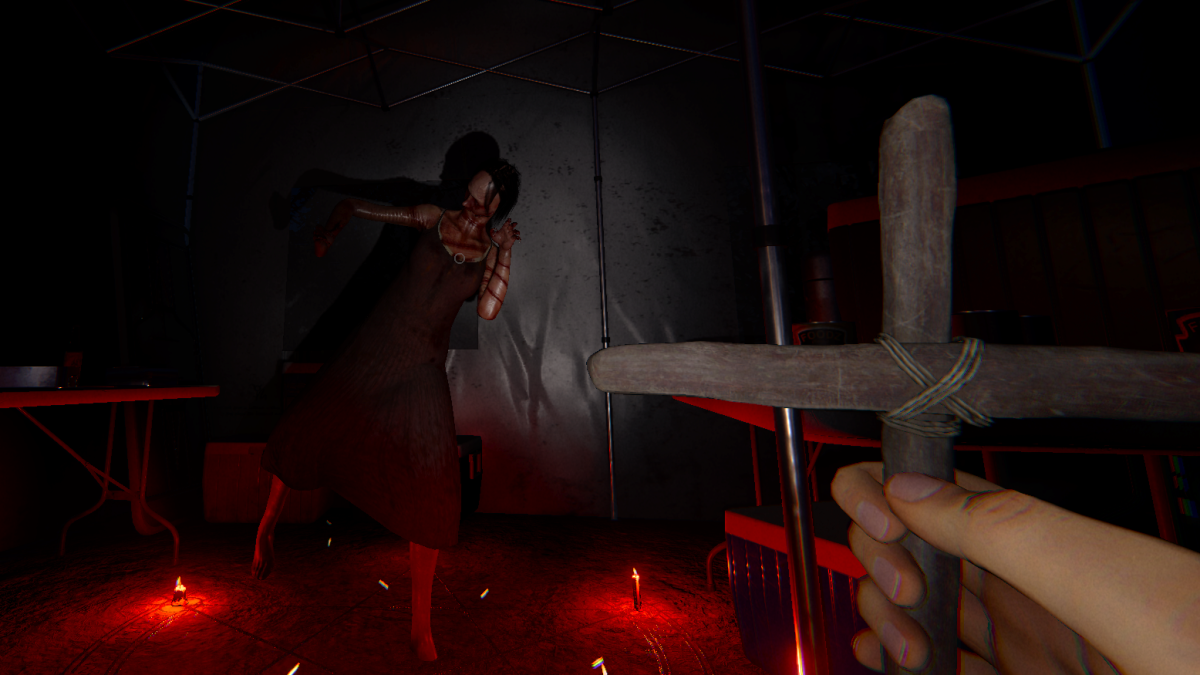
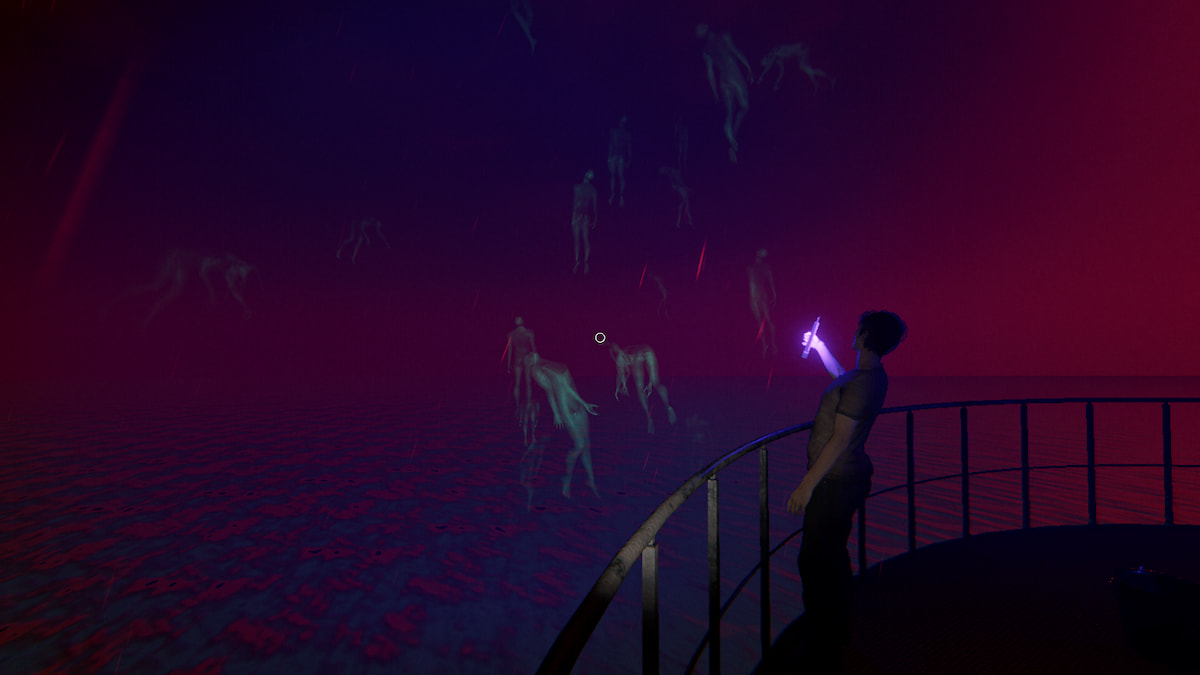
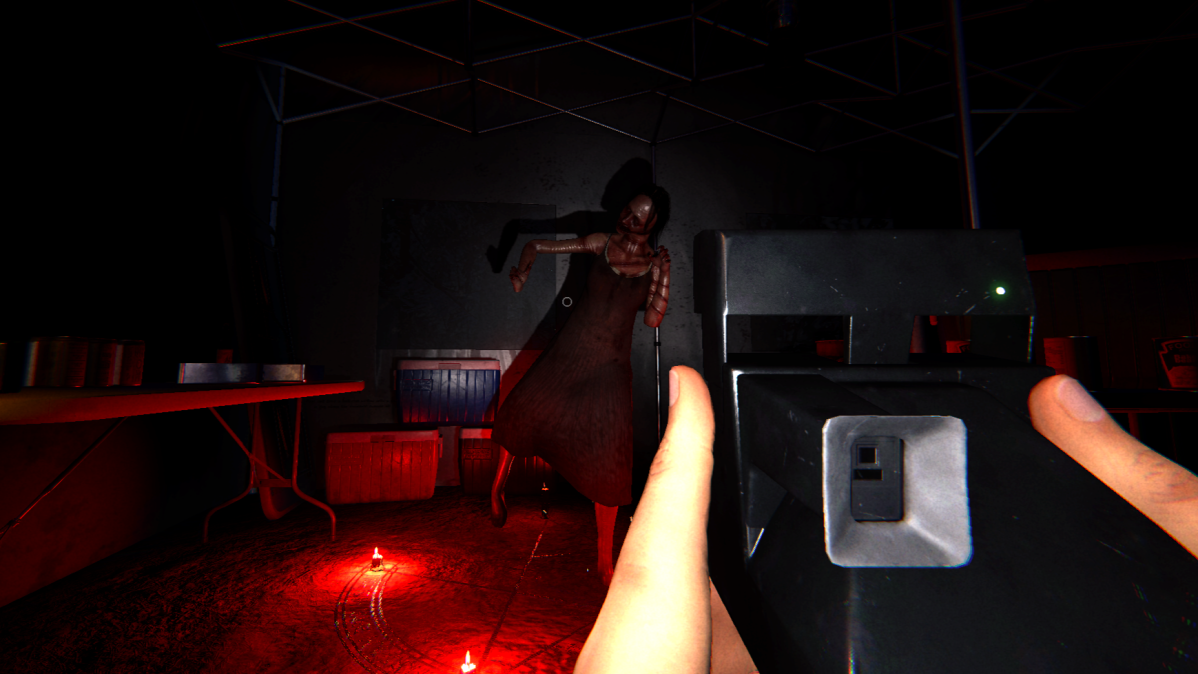
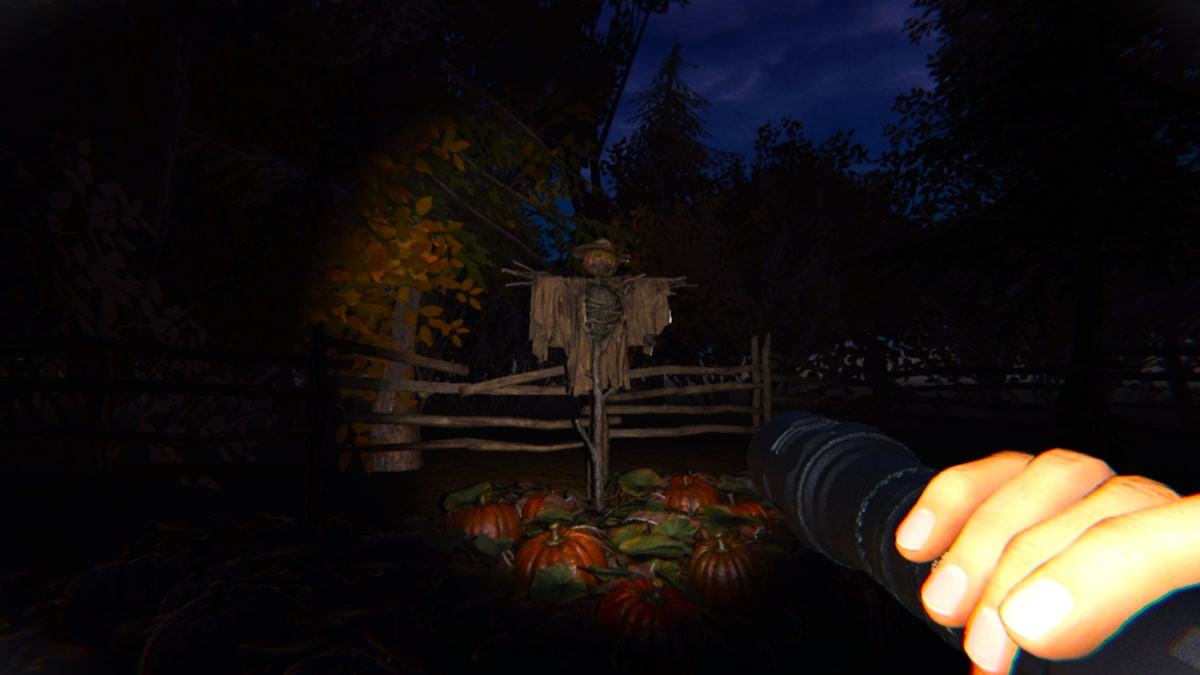
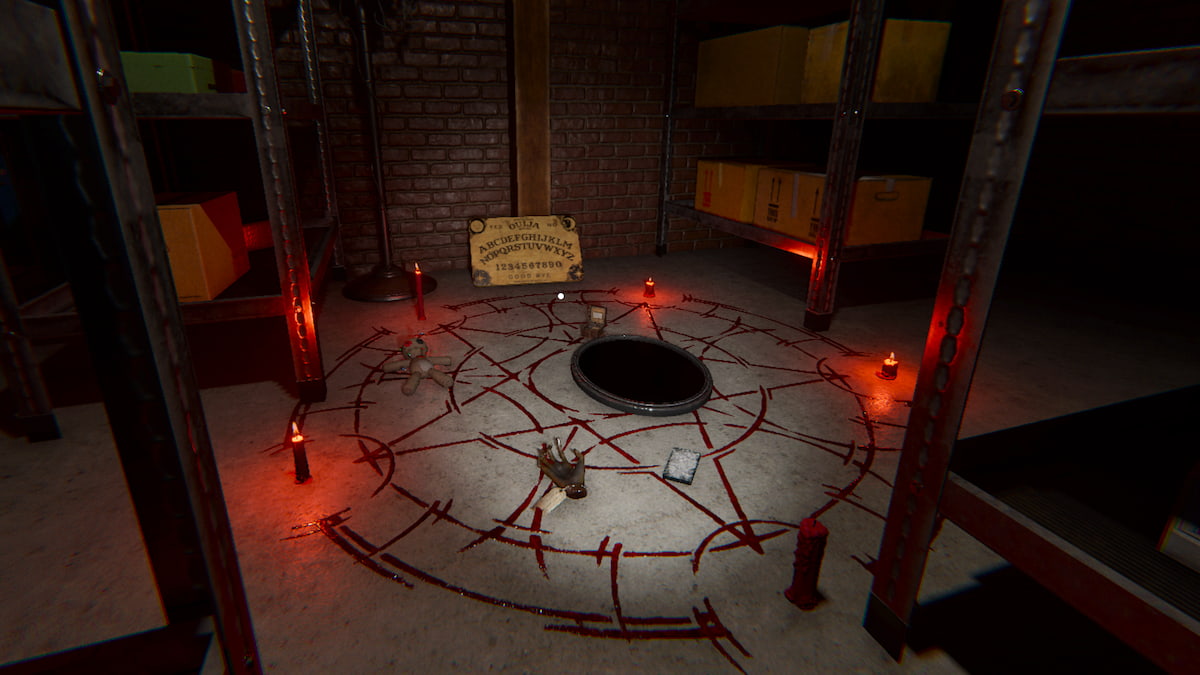
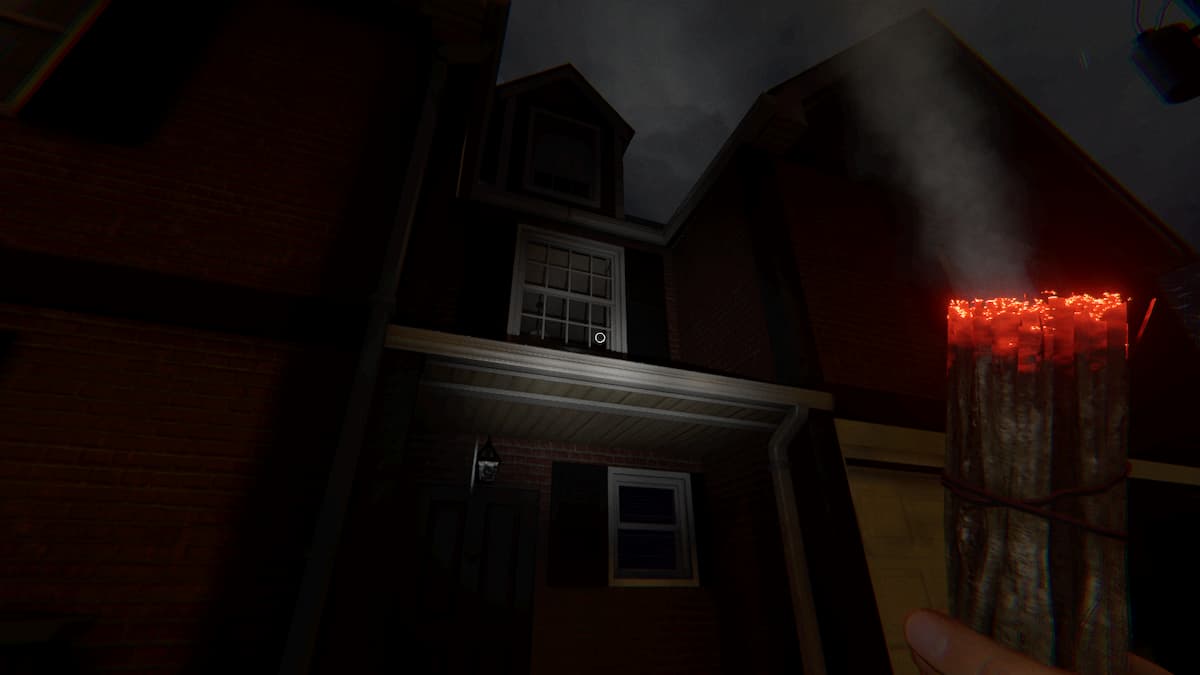
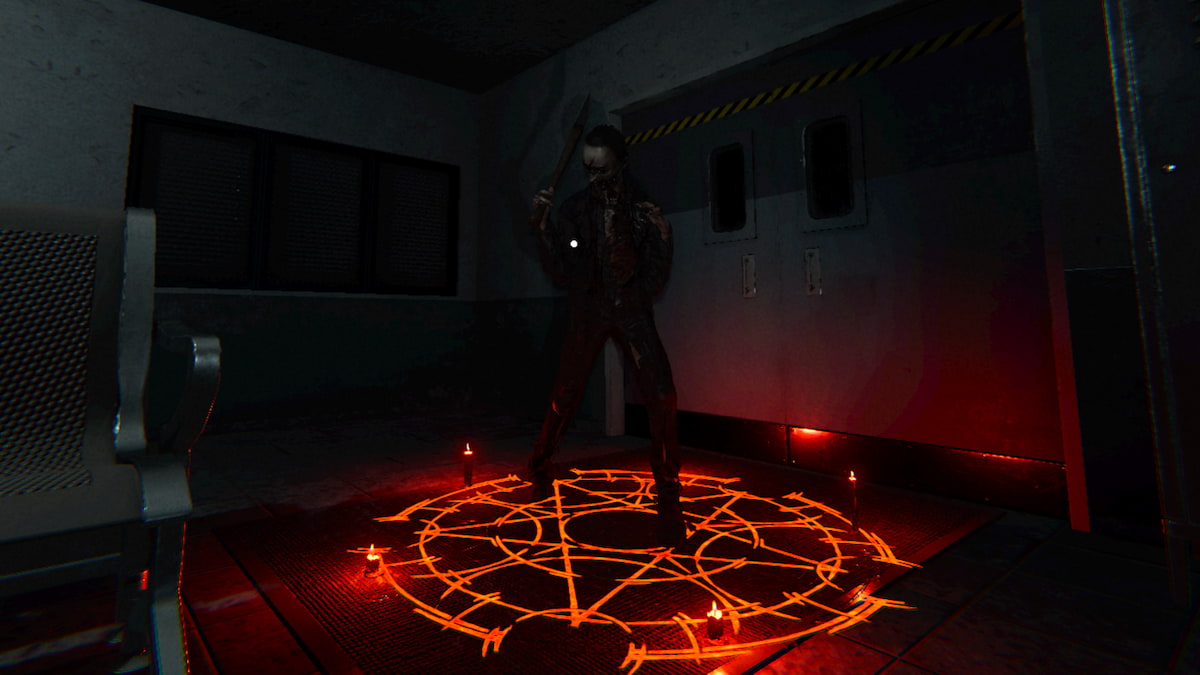
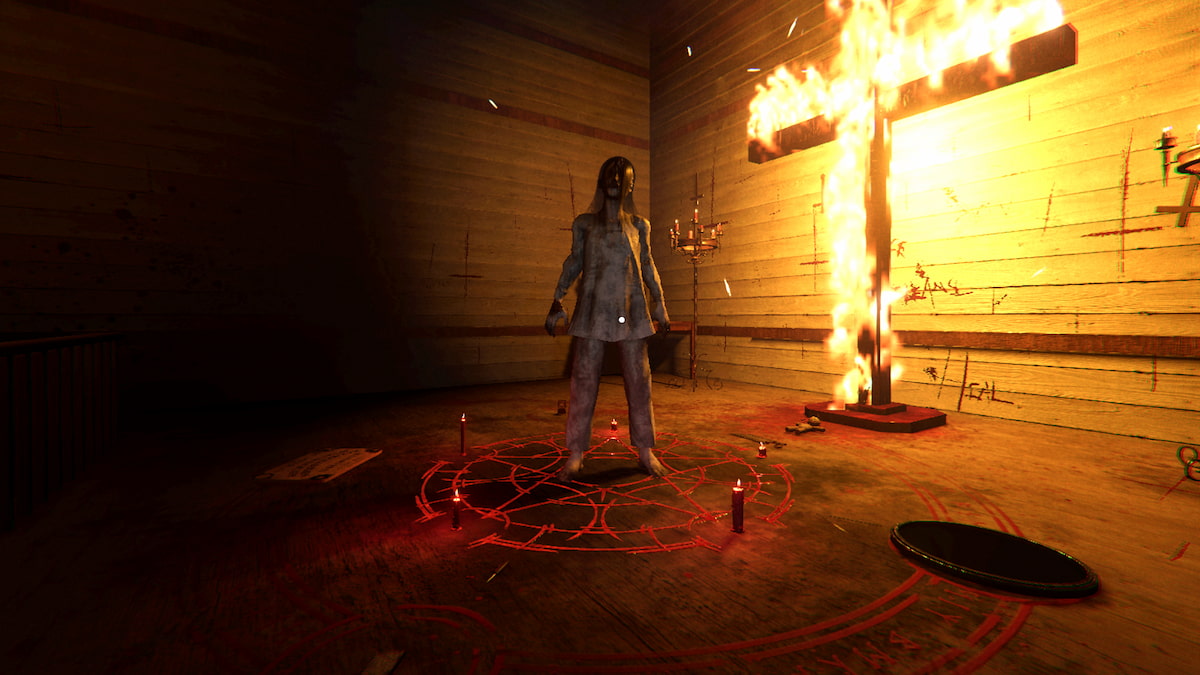
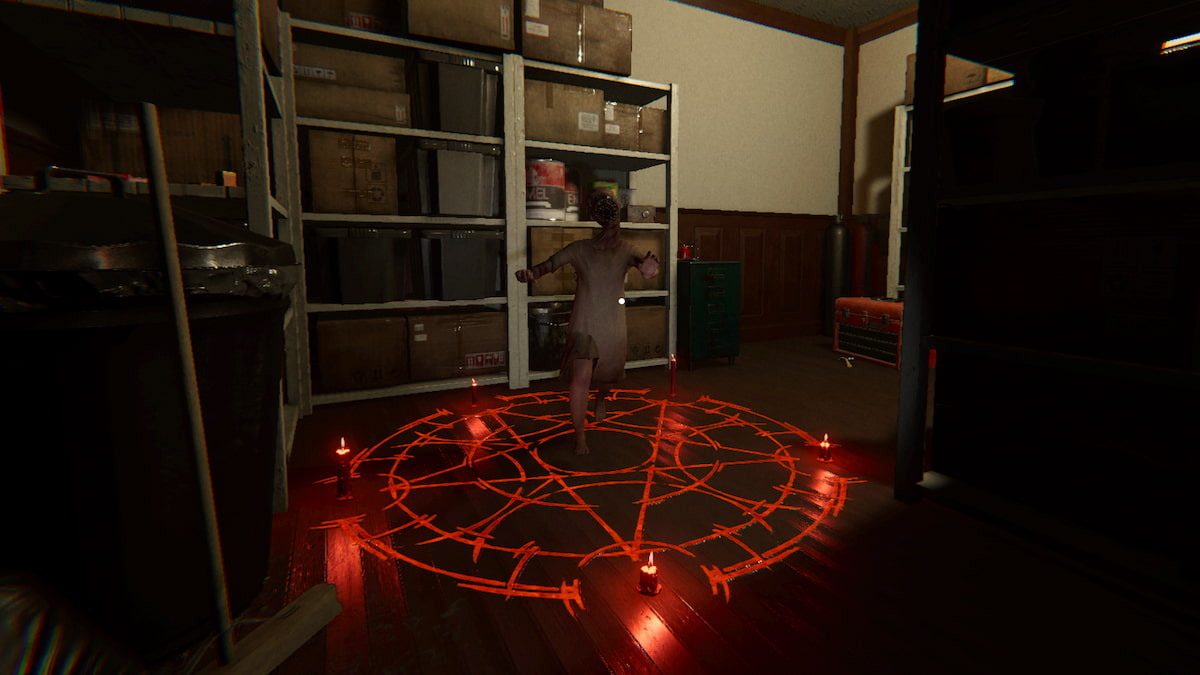
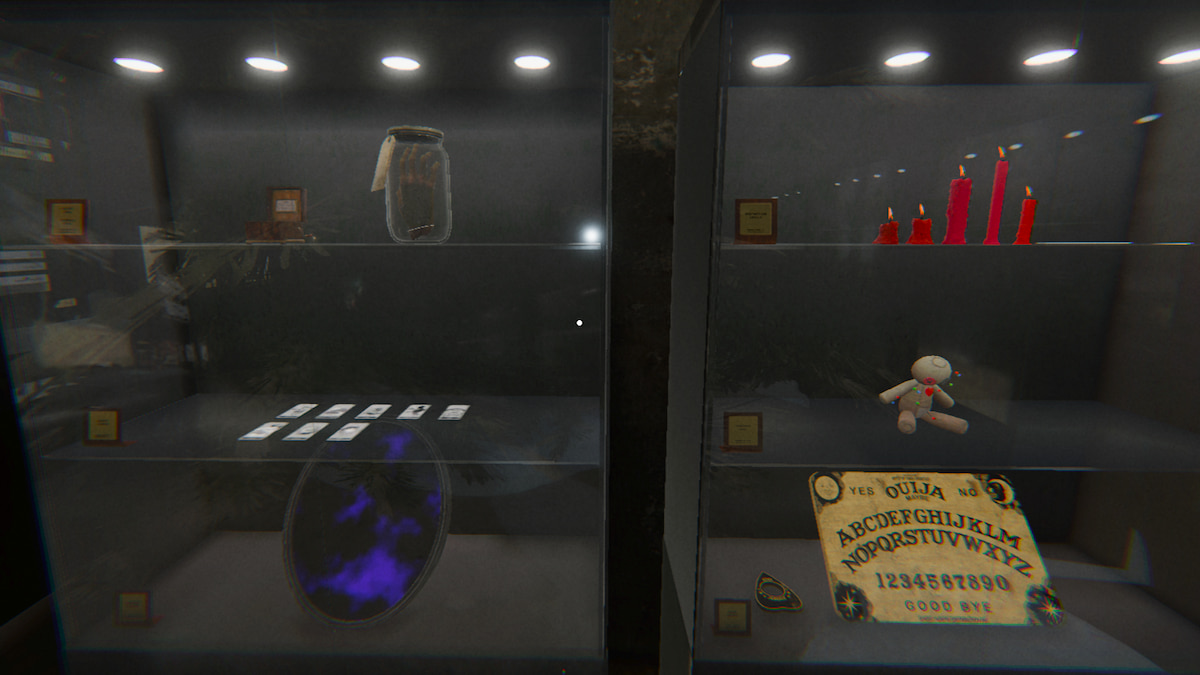
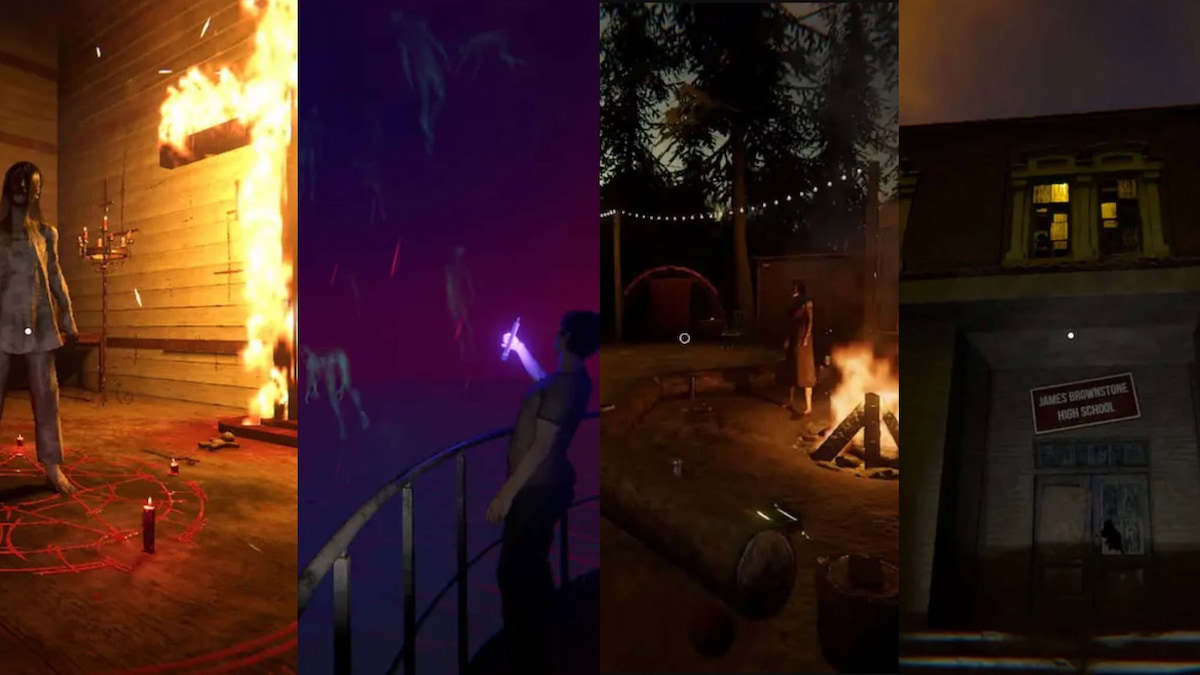
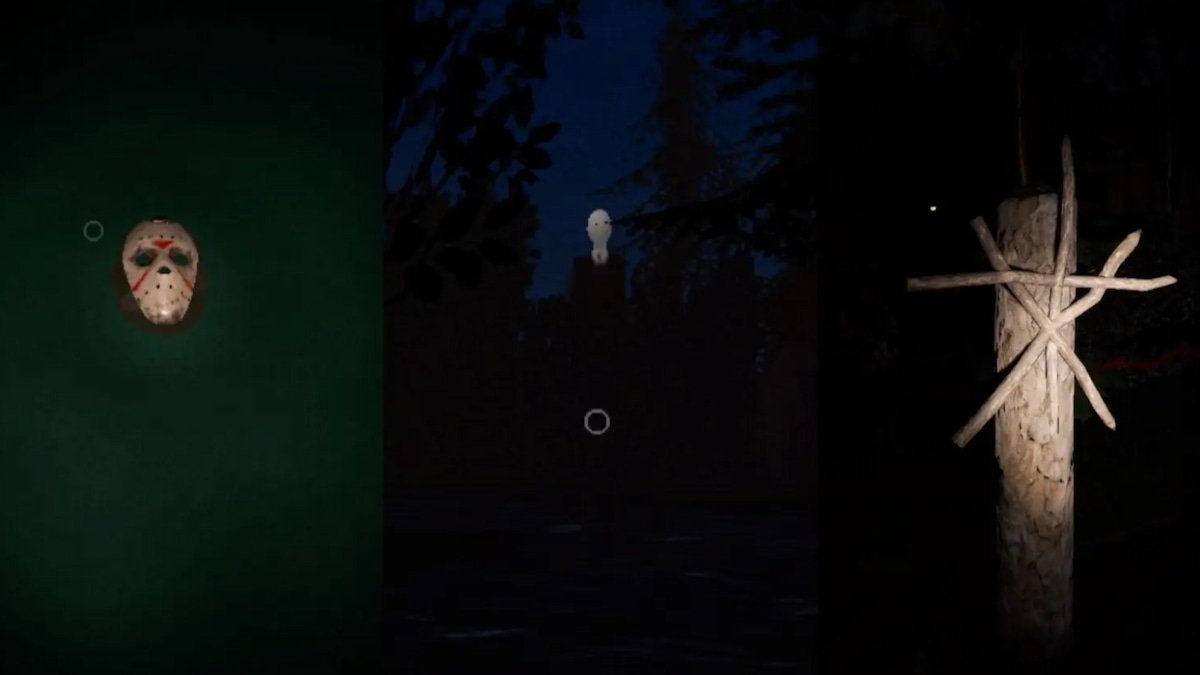
Published: Jan 11, 2024 01:19 pm